
Lyman Frank Baum was an American author best known for his children's fantasy books, particularly The Wonderful Wizard of Oz, part of a series. In addition to the 14 Oz books, Baum penned 41 other novels, 83 short stories, over 200 poems, and at least 42 scripts. He made numerous attempts to bring his works to the stage and screen; the 1939 adaptation of the first Oz book became a landmark of 20th-century cinema.

The Wonderful Wizard of Oz is a 1900 children's novel written by author L. Frank Baum and illustrated by W. W. Denslow. It is the first novel in the Oz series of books. A Kansas farm girl named Dorothy ends up in the magical Land of Oz after she and her pet dog Toto are swept away from their home by a cyclone. Upon her arrival in the magical world of Oz, she learns she cannot return home until she has destroyed the Wicked Witch of the West.
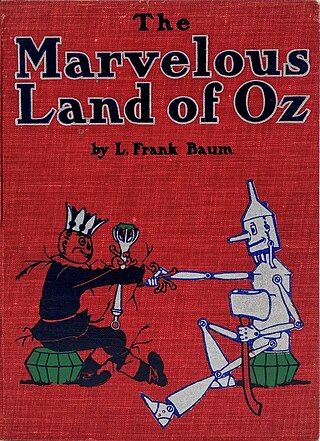
The Marvelous Land of Oz: Being an Account of the Further Adventures of the Scarecrow and the Tin Woodman, commonly shortened to The Land of Oz, published in July 1904, is the second book in L. Frank Baum's Oz series, and the sequel to The Wonderful Wizard of Oz (1900). This and the following 34 books in the series were illustrated by John R. Neill.

William Wallace Denslow was an American illustrator and caricaturist remembered for his work in collaboration with author L. Frank Baum, especially his illustrations of The Wonderful Wizard of Oz. Denslow was an editorial cartoonist with a strong interest in politics, which has fueled political interpretations of The Wonderful Wizard of Oz.

Mr. Highly Magnified Woggle-Bug, Thoroughly Educated is a character in the Oz books by L. Frank Baum (1856–1919). The character first appeared in 1904 in the book The Marvelous Land of Oz. He goes by the name H. M. Woggle-Bug, T.E.. In later books, the hyphen was sometimes dropped: "Wogglebug".

The Life and Adventures of Santa Claus is a 1902 children's book, written by L. Frank Baum and illustrated by Mary Cowles Clark.

The Wizard of Oz was a 1902 musical extravaganza based on the 1900 novel The Wonderful Wizard of Oz by L. Frank Baum. Although Baum is the credited bookwriter, Glen MacDonough was hired on as jokewriter after Baum had finished the script, and the book was largely ghostwritten by a man named Finnegan. Much of the original music was by Paul Tietjens and has been mostly lost, although it was still well-remembered and in discussion at MGM in 1939 when the classic film version of the story was made. The original show was particularly popular because of its two comedy stars: Fred Stone playing the Scarecrow, and David C. Montgomery as the Tin Woodman.

American Fairy Tales is the title of a collection of twelve fantasy stories by L. Frank Baum, published in 1901 by the George M. Hill Company, the firm that issued The Wonderful Wizard of Oz the previous year. The cover, title page, and page borders were designed by Ralph Fletcher Seymour; each story was furnished with two full-page black-and-white illustrations, by either Harry Kennedy, Ike Morgan, or Norman P. Hall.
The Marvelous Land of Oz is a 1981 musical play by Thomas W. Olson (book), Gary Briggle (lyrics), and Richard Dworsky (music), based on the 1904 novel by L. Frank Baum. Briggle originated the role of the Scarecrow in the original production, directed by John Cark Donahue at The Children's Theatre Company and School of Minneapolis.
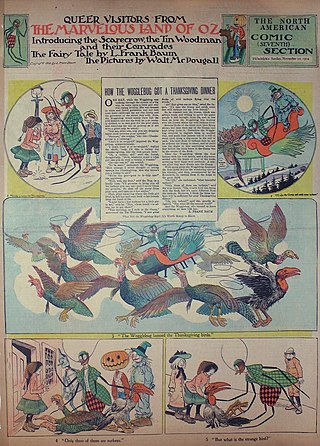
Queer Visitors from the Marvelous Land of Oz is a newspaper comic strip written by L. Frank Baum and illustrated by Walt McDougall, a political cartoonist for the Philadelphia North American. Queer Visitors appeared in the North American, the Chicago Record-Herald and other newspapers from 28 August 1904 to 26 February 1905. The series chronicles the misadventures of the Scarecrow, the Tin Woodman, the Woggle-Bug, Jack Pumpkinhead, and the Sawhorse, as the Gump flies them to various cities in the United States. The comic strip in turn produced its own derivation, The Woggle-Bug Book (1905).

Father Goose: His Book is a collection of nonsense poetry for children, written by L. Frank Baum and illustrated by W. W. Denslow, and first published in 1899. Though generally neglected a century later, the book was a groundbreaking sensation in its own era; "once America's best-selling children's book and L. Frank Baum's first success," Father Goose laid a foundation for the writing career that soon led to The Wonderful Wizard of Oz and all of Baum's later work.
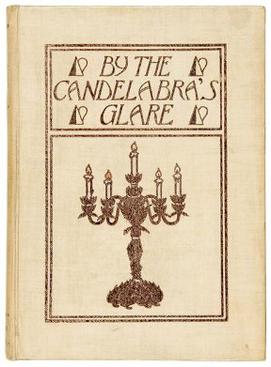
By the Candelabra's Glare is a 1898 collection of poems written by L. Frank Baum. One of his earliest works, the book was significant in Baum's evolution from amateur to professional author.
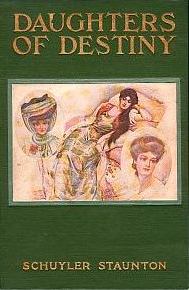
Daughters of Destiny is a 1906 adventure novel written by L. Frank Baum, famous as the author of the Oz books. Baum published the novel under the pen name "Schuyler Staunton," one of his several pseudonyms.

The Tik-Tok Man of Oz is a musical play with book and lyrics by L. Frank Baum and music by Louis F. Gottschalk that opened at the Majestic Theatre in Los Angeles, California on March 31, 1913. It is loosely inspired by Baum's book Ozma of Oz (1907), incorporates much of the material from Baum's book The Road to Oz (1909), and was the basis for his 1914 novel, Tik-Tok of Oz. It was promoted as "A Companion Play to The Wizard of Oz" and directed by Frank M. Stammers. The play is known from its advertising and published music, but survives only in earlier manuscript.
Frederic Chapin was an American screenwriter and composer. His name was also written as Frederick Chapin. He wrote the scores for several Broadway musicals. In addition he worked writing screenplays during the silent and early sound eras.

The Woggle-Bug is a 1905 musical based on the 1904 novel The Marvelous Land of Oz by L. Frank Baum, with book and lyrics by the author and music by Frederic Chapin that opened June 18, 1905 at the Garrick Theater in Chicago under the direction of Frank Smithson, a Shubert Organization employee. The musical was a major critical and commercial failure, running less than a month. Chapin, however, had proven quite saleable to the publisher, M. Witmark and Sons, and many of the songs were published. The music director was Frank Pallma. The surviving sheet music was published by Hungry Tiger Press in 2002.
The plays of L. Frank Baum are an aspect of Baum's writing career about which very little is known. While most biographies have noted Baum's work as a playwright, these works have been rarely performed beyond his lifetime, and almost none have been published aside from two scenarios and a first act of three unfinished works in The Musical Fantasies of L. Frank Baum, compiled with an introduction by Alla T. Ford. Aside from his youthful success with The Maid of Arran, his blockbuster eight-year run with The Wizard of Oz, his failure with The Woggle-Bug, and The Tik-Tok Man of Oz as source material for his novel, Tik-Tok of Oz, very little is known about his dramatic output, and mostly from the publications of Michael Patrick Hearn, Susan Ferrara, and Katharine M. Rogers. Hearn identifies 41 different titles in the bibliography of the 2000 edition of The Annotated Wizard of Oz, plus one play without a title, although some of these titles clearly refer to drafts of the same play, such as the early titles of The Tik-Tok Man of Oz.
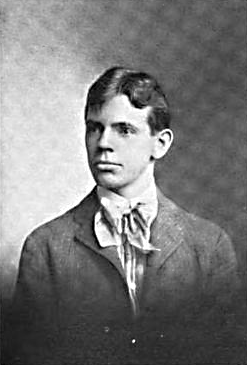
Isaac Morgan was a well-known newspaper illustrator for several big newspapers in Chicago and New York.
This is a complete bibliography for American children's writer L. Frank Baum.















